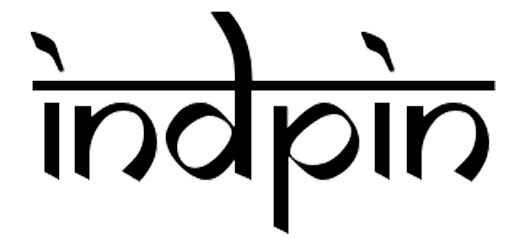The story of Indian Handicraft
India is a land of rich cultural heritage. The traces of its prolific traditions, art forms, languages, cuisines, craftsmanship, etc. are imprinted all over its history. Among all of these, handicrafts have always found a special mention. Indian handicrafts not only reflect superlative skills but also show an astute understanding of art forms in nature. They have been absolute champions in representing Indian Craftsmanship at the global level. Besides, they also represent intricacy, patience, class, and finesse. Indian pots, ceramic works, embroidered fabrics, items of glass, bamboo, metal and clay, etc. are a few among the plethora of handicrafts that have rightfully lived throughout India's rich cultural history.
The modern generation might know of handicrafts only as luxurious showpieces that adore their living rooms, but the roots are much deeper. The culture of handicrafts in India dates way back to the Indus Valley Civilization. The handicrafts then were mostly paintings, sculptures, pottery, and jewellery. The expanse and mentions of these items is even found in the Rig Veda.
Indian Sculptures found a golden period in the Mauryan age with extensive stupas and stone carvings. Handicrafts such as jewellery, leather products, metal products, and textiles flourished during the reign of the Kushanas. This age also saw a massive expansion of Indian handicrafts to foreign lands. Then came the Gupta Age, which saw the rapid advancement of handicrafts and art forms. The exquisite artwork at Ajanta and Ellora caves is a proud testament to the same age.
Indian Handicrafts flourished more in the medieval age than any other, the prime propagators being the Cholas and the Mughals. We find an immense contribution of the Cholas towards bronze sculptures, silk weaving, and temple carving. The Mughals, need no mention for the profound manner in which they impacted Indian art, craft, and culture. The advent of glass engraving, enamelling, carpet weaving, brocades and inlay work lies in the due courtesy of the Mughals.
The Silk Route was a premier mode of exchange for Indian Handicrafts. Many travellers and explorers also helped penetrate our handicrafts to lands far and wide. With the coming of the Industrial age, Indian Handicrafts faced a slight meltdown. The British and their automated machines deserve full credit for hampering the growth of Indian handicrafts. But even modern machinery and equipment couldn't suppress the skill of Indian artisans for long. These handicrafts are like timeless, priceless pearls of Indian culture that depict our ethnicity, beauty and style.
Today, Indian handicrafts are in great demand all over the world. They are exported in huge numbers and are highly admired. They also depict a certain fashion statement and are considered as precious items of luxury. These crafts portray stories of Indian rulers, culture, evolution, religion, art and other beliefs. Each handicraft portrays the trademark culture of the state which it belongs to. Among many such handicrafts, theme craft, needle work, tribal craft, festive decoration, textiles, paintings and murals are the most prominent ones.


